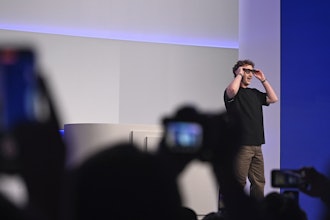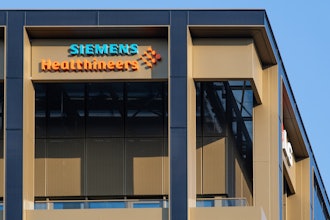In case we try to settle the planet Hoth, or some other ice cube-like hunk of terrestrial real estate lacking enough life to fill a space cruiser, like Jupiter’s moon Europa for example, don’t worry: NASA is developing robots and tools specially designed to gather data on what lies beneath the icy exterior.
Since 2015, NASA's Jet Propulsion Laboratory in Pasadena, as part of the Ocean Worlds Mobility and Sensing study, has been developing technologies for what are being referred to as “future missions to ocean worlds”. This includes a probe that could burrow through miles of ice, robotic arm extensions, and another sample-gathering tool that resembles a mortar launcher.
Melt probes were initially developed in the late 1960s, and since have been used to explore the subsurface of frozen terrain around the globe. The difference is that instead of melting its way through maybe a quarter-mile of the cold stuff, places like Europa could present 6 to 12 miles of rock hard ice, meaning they need to stay hotter for a lot longer.
Sort of like the Jennifer Aniston of space tools.
The answer from NASA is a plutonium-fueled, thermos-like device with a sawblade that would cut and collect ice like a lawnmower with a bagger. The outward radiating heat melts, while the blade cuts and the thermos collects the chips as samples for study.
The robotic arms could be attached to rovers in collecting samples from as far away as 33’, allowing them to avoid terrain that is difficult to navigate or could cause damage.
For targets that are even farther away, that mortar launcher comes into play, sending sample-grabbing, ice-gripping claws up 164’. Both the arm and the launcher could be used with the claws, which would house an attached drill for obtaining samples beneath the surface.
After the extendable arm or launcher gets the claw in place, it would anchor itself with heated prongs to ensure a stable base for the drill.
Although the technology is aggressive, the timeline is not. NASA is hoping these tools are spacecraft-ready within the next decade or so.






















